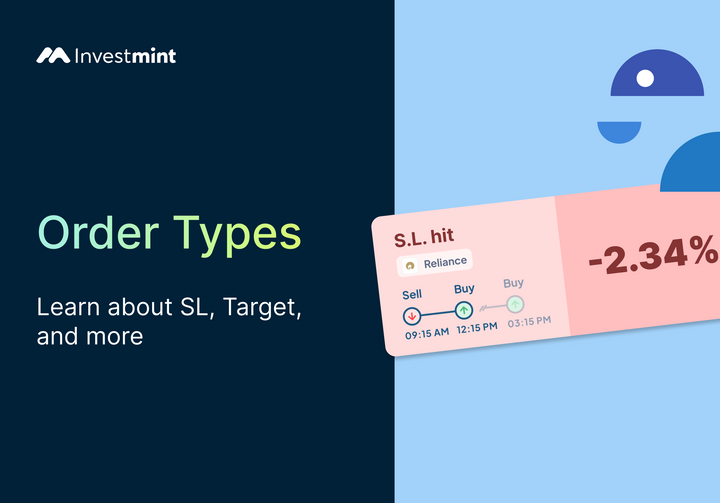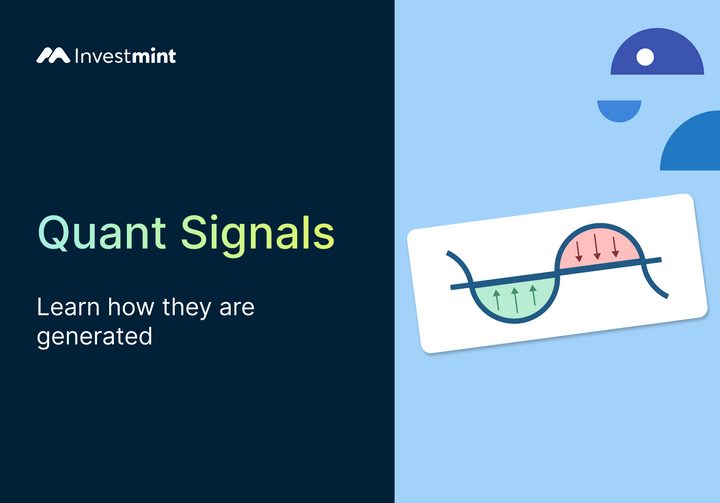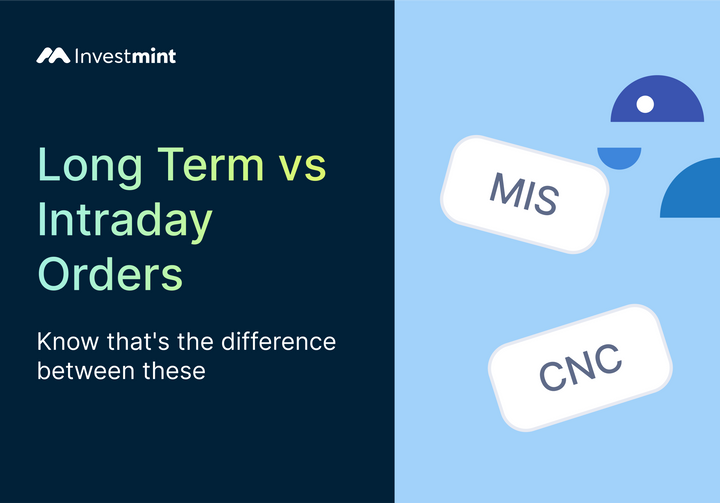Long India: SIPs Made Smarter
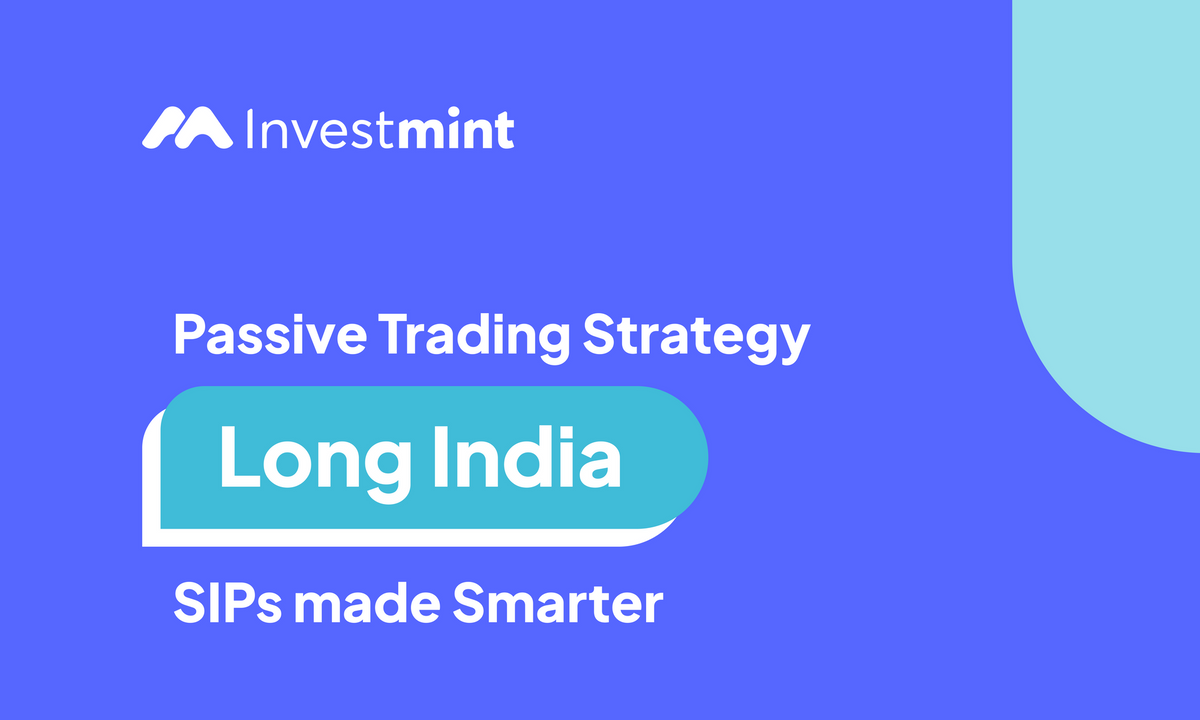
What Is Long India?
India's growth story
India's growth story is a blockbuster hit with all the right elements - drama, suspense, and a fair bit of economic success. Over the past two decades, it's been a rollercoaster of economic development, making it one of the fastest-growing major economies in the world.
With the largest population in the world, a diverse economy, a young and rapidly growing population, a robust tech sector, and a strong entrepreneurial culture, India is the place to be!
And if you're looking to jump on the India bandwagon, index investing is your ride!
It provides exposure to a diversified portfolio of stocks representing the broader Indian economy, giving investors access to India's fastest-growing sectors and companies without any fuss of picking individual stocks or active management.
Go Long On India - Investmint's Long India model
The "Long India" investing model is designed to leverage the potential of the Indian economy and place a bet on the odds of the Indian markets going up in the future. The model is essentially built for index investing for long-term growth in tandem with the Indian markets – but optimized for better returns.
Are you ready to be a superhero investor and save the day, one market crash at a time? If so, the Long India trading model might be perfect for you.
The Long India model is based on the assumption that markets tend to go up eventually, so why not take advantage of market volatility and potentially generate better returns over time? By combining the discipline of SIPs with the strategy of investing more on days when the market crashes, you can potentially generate better returns and reduce your overall costs.
How Does It Work?
As an index investor, you may already be familiar with mutual funds (MF) and exchange-traded funds (ETF). While both offer exposure to a diversified portfolio of stocks, ETFs have some advantages over mutual funds.
ETFs typically have lower expense ratios and are more flexible to trade. They're like the cool kids on the block; you want to be part of that group.
Systematic Investment Plans (SIPs) are a great way to go if you're looking to build wealth over the long term. With SIPs, you invest a fixed amount at regular intervals in an ETF (or mutual fund) and benefit from the power of compounding. But what if you could make your SIP even better? Enter the Long India trading model.
The Long India model is based on the assumption that markets tend to go up in the long run. By investing more on days when the market crashes, we can potentially reduce the overall cost of our investments and generate better returns. This is similar to the Dollar-Cost Averaging (DCA) method but with a twist.
Snacking On ETFs
Imagine you're shopping for your favourite snack. Sometimes, you'll find it at a discount. You know it's your favourite, and you'll eat it anyway, so you buy more when it's on sale. The same concept applies to investing in the Indian market with the Long India model. When the market is down, invest more. You know it will go up eventually, so why not take advantage of the discount?
The model identifies the best days to average the costs of your ETF investments. It combines the discipline of SIP with the strategy of investing more on days when the market crashes. By doing so, you can potentially generate better returns and reduce your overall costs. It's like being a savvy shopper for your investments!
The Science Behind The Model
The idea behind this model originates from the concept of Dollar cost averaging (DCA) , an investing approach that's borrowed from value investing principles. The term was coined by Benjamin Graham in his book "The Intelligent Investor".
This is what Graham wrote about dollar cost averaging.
He said "DCA simply means that the practitioner invests in common stocks the same number of dollars each month or each quarter. In this way he buys more shares when the market is low than when it is high, and he is likely to end up with a satisfactory overall price for all his holdings."
Doubling down on this idea the Long India model, identifies market dips and sends you a signal every time the market crashes. We call these signals Smart Dips.
What's A Smart Dip?
Doubling down on this idea the Long India model, identifies market dips and sends you a signal every time the market crashes. We call these signals Smart Dips.
Let's take an example.
Imagine you are in the month of March 2020. Yes, that dreaded month.
The way the model works is, it keeps the 3:00 pm close of the first trading day of the month as a reference (Marked in Green in the image as SIP Day).
From that reference, the algorithm tracks every day's close, if the close is lower than the highest close of the month (so far) by 1% it will trigger the first Smart Dip signal (Highlighted in Red in the image). Subsequently it will keep tracking the highest close of the month and if the market closes below 3% from the highest close you will get the next Smart Dip signal.
This approach allows you to systematically participate in market dips.
Is It Suitable For Me?
If you're already an SIP investor, you're in luck! The Long India model nudges you to invest more on the best days, helping you to take full advantage of market volatility and potentially generate even better returns.
If you're a passive investor with existing investments in the markets, the model might just be the perfect addition to your portfolio. By investing more on days when the market crashes, this model allows you to potentially generate better returns over time and add some extra alpha to your investments.
Note: The model is built to capitalize on long-term growth of the market and acts as a supplement to existing SIPs approaches and carries the same risks. The returns generated by this model are subject to volatile periods that give several opportunities to average down.
Investors should be aware that the Long India model is not suitable for short-term investments and should only be used with a clear understanding of risk appetite.
Kindly conduct thorough research, consult a financial advisor and fully understand the risks before committing to the strategy.
Model Performance
₹5,000 invested in every Smart Dip of Long India would be ₹49.16L today, vs. doing only Monthly SIPs would be worth ₹15.9L.
Yes, with Long India your total invested amount also increases as you would be investing more often. Here are the stats. (3rd Jan’11 to 28th Feb’23):
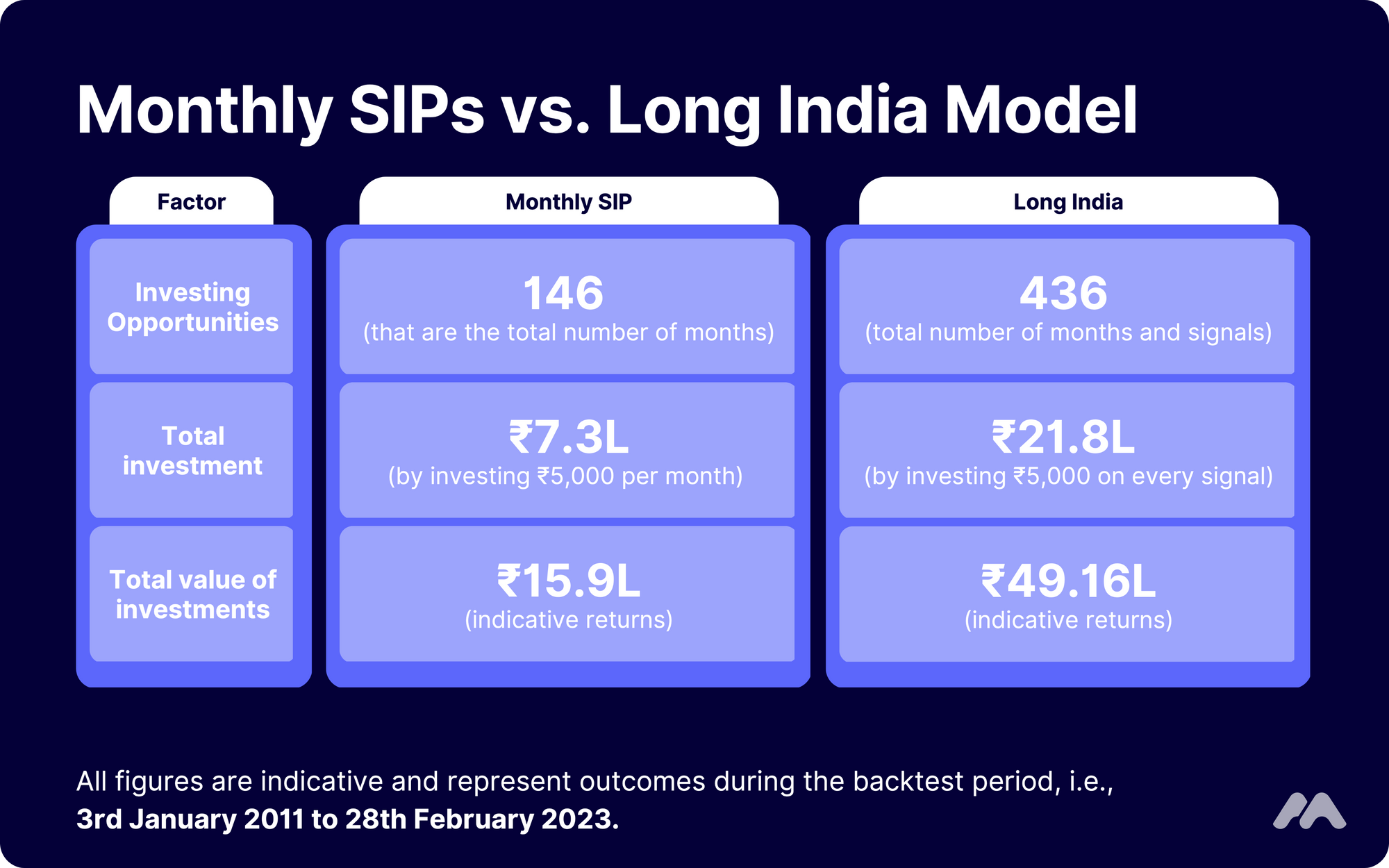
The above comparison is only an illustration, but the core logic remains – invest more when the market dips, and you should be better off in the long run compared to a plain vanilla Monthly SIP plan.
The parts highlighted in green are the phases when Long India outperformed the SIP approach. If you observe closely the greens are usually after a market dip.
Comparative
NIFTY Monthly SIP vs. Long India
*Backtest period for Performance Metrics is January 2011 to February 2023.
Frequently Asked Questions (FAQs)
Q. How do I start receiving Smart Dip signals?
To start receiving Smart Dip signals, all you need to do is invest at a minimum in one unit of NIFTY BEES ETF, which will cost you just about ₹200, you need to invest through the Investmint app, and you will start receiving Smart Dip signals as and when markets crash.
Q. How is Long India different from other trading models?
The Long India model is designed for existing SIP investors. The model acts as a layer above passive investors' existing investing strategy to help extract better returns out of the market while following essentially a similar approach and sticking to the simplicity of index investing.
Q. What are the chances of success with Long India?
The model works best in volatile periods, which provide several opportunities for averaging down. The idea is to reduce the overall unit cost with the intention to add to gains in the long run.
However, investors must be aware that the model will not yield desired results in extremely low volatility market conditions, as the model may not find any dips that are ideal for triggering a buy signal.
Q. How are orders placed and executed to trade the Long India model?
You can place an order for investing with the Long India model within the app. The Smallcase gateway powers the execution flow, and you can buy NIFTY BEES units through any of the 16+ partner brokers.
Q. What is the minimum capital requirement?
The minimum capital requirement for Long India is as low as ₹200.
Q. How often do I need to act on signals?
The model will send up to 2 signals every month. Though it depends on the market movements, there could be some months where you get more signals than others.
Q. How long should I subscribe for?
You must participate in at least one down-trending cycle in the market for optimum results.
Final Thoughts
The Long India trading model offers a unique and potentially lucrative approach to investing in the Indian market. As India's economy continues to grow and transform, the model offers a way for investors to participate in this growth story and potentially benefit from India's economic potential.
By investing more on days when the market crashes, investors can potentially reduce their overall costs and add some extra alpha to their portfolios.
Disclaimer: The information provided in this post is for general informational purposes only. It should not be considered as financial or investment advice. Please conduct your own research and consult with a financial advisor before making any investment decisions.
Past performance is not indicative of future results and all investments involve risk.
The authors and the company they represent do not guarantee any specific outcome or profit.
Get handsfree with trading for good. Check out trading models here.
To stay tuned with Investmint follow us on Instagram, LinkedIn, and Twitter.

